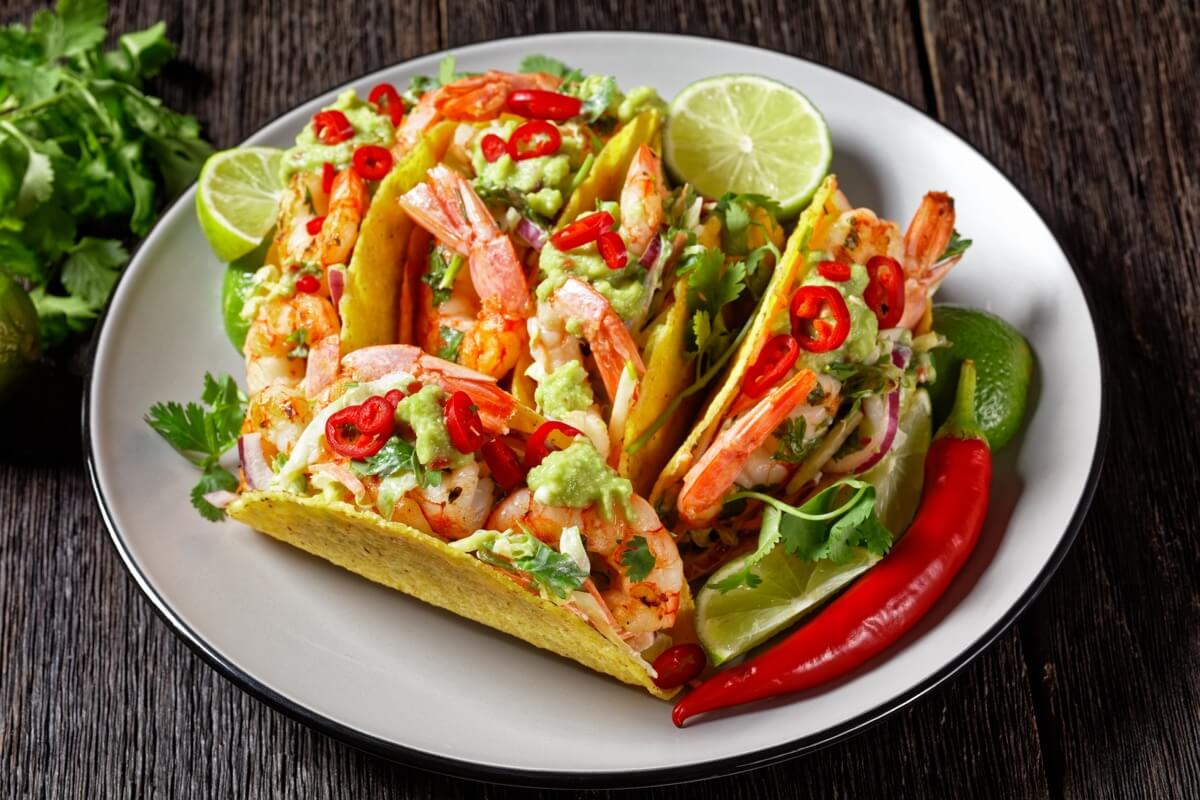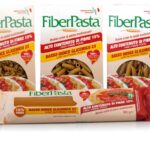Taco Tuesday: a weekly tradition often synonymous with delicious but potentially blood-sugar-spiking indulgence. But what if you could enjoy the vibrant flavors and satisfying crunch without the post-taco crash? This guide unveils the secrets to crafting a Taco Tuesday feast that’s both delectable and diabetes-friendly, focusing on low-glycemic ingredients, smart shell choices, and flavor-packed toppings that won’t send your blood sugar soaring. Prepare to transform your Tuesday night tradition into a celebration of healthy eating.
We’ll explore a wealth of options, from low-glycemic fillings like lean proteins and fiber-rich vegetables to creative alternatives to traditional tortillas, such as lettuce wraps or homemade whole-wheat shells. Learn how to strategically select toppings that enhance flavor without the sugar spike, and discover sample meal plans designed to keep your blood sugar stable and your taste buds happy. Get ready to experience the joy of Taco Tuesday, guilt-free!
Taco Tuesday Filling Options for Blood Sugar Control
Maintaining stable blood sugar levels is crucial for overall health, and even Taco Tuesday can be enjoyed without the post-meal blood sugar spike. By making mindful choices about your taco fillings, you can savor delicious flavors while supporting your well-being. This involves focusing on ingredients that are low on the glycemic index (GI) and rich in fiber and protein.
Low-Glycemic Index Taco Fillings
Choosing fillings with a low glycemic index is key to preventing rapid blood sugar fluctuations. A low GI food is digested and absorbed slowly, leading to a gradual and sustained release of glucose into the bloodstream. The following table highlights ten excellent options for your Taco Tuesday feast.
| Filling Name | Glycemic Index (GI) (Approximate) | Nutritional Highlights | Serving Suggestion |
|---|---|---|---|
| Grilled Chicken Breast | 0 (protein) | High in protein, lean, excellent source of niacin and selenium. | Marinate in lime juice and spices for extra flavor. |
| Ground Turkey | 0 (protein) | Leaner than beef, good source of iron and protein. | Season with chili powder and cumin for a Southwestern flair. |
| Salmon (grilled or baked) | 0 (protein) | Rich in omega-3 fatty acids, protein, and vitamin D. | Flake and mix with a little avocado for creaminess. |
| Black Beans | 29 | High in fiber, protein, and iron; excellent source of folate. | Rinse and drain well before using. |
| Cauliflower Rice | 10 | Low in carbohydrates, high in fiber and vitamins C and K. | Sauté with onions and peppers for a flavorful base. |
| Portobello Mushrooms | 15 | Good source of selenium, potassium, and B vitamins. | Grill or sauté until tender. |
| Shredded Cabbage | 4 | Excellent source of vitamin C and fiber. | Use as a refreshing and crunchy base for your tacos. |
| Spinach | 15 | Rich in iron, vitamins A and K, and antioxidants. | Sauté lightly or add raw to your tacos. |
| Bell Peppers (various colors) | 10 | Good source of vitamin C and antioxidants. | Roast or sauté for a sweeter flavor. |
| Avocado | 10 | Healthy fats, fiber, and potassium. | Slice or mash and use as a topping or filling. |
The Role of Fiber and Protein in Blood Sugar Control
Fiber and protein are essential components of a blood sugar-friendly diet. Fiber slows down the absorption of sugar into the bloodstream, preventing rapid spikes. Protein also helps regulate blood sugar by promoting satiety and slowing gastric emptying. In the context of tacos, incorporating high-fiber fillings like black beans and vegetables, alongside protein sources like chicken or fish, creates a balanced meal that supports stable blood sugar levels. The fiber in the beans and vegetables acts as a natural buffer against sugar absorption, while the protein contributes to sustained energy and prevents sudden drops in blood glucose.
Glycemic Load Comparison of Common Taco Fillings
The glycemic load (GL) considers both the GI and the amount of carbohydrate consumed. A lower GL indicates a smaller impact on blood sugar. This table compares the approximate GL of common taco fillings, keeping in mind that GL can vary depending on preparation methods and portion sizes.
| Filling | Approximate Glycemic Load (GL) per serving (values are estimates and may vary) |
|---|---|
| Ground Beef (3 oz) | Low (due to low carbohydrate content) |
| Chicken Breast (3 oz) | Low (due to low carbohydrate content) |
| Refried Beans (1/2 cup) | Medium (depending on bean type and preparation) |
| Corn Tortillas (2 small) | Medium to High (depending on size and type of corn tortilla) |
| White Rice (1/2 cup) | High |
| Lettuce | Low (due to low carbohydrate content) |
| Onions | Low (due to low carbohydrate content) |
Healthy Taco Shells and Alternatives

Choosing the right taco shell significantly impacts the overall nutritional profile and glycemic response of your Taco Tuesday meal. Opting for lower-carbohydrate options or those with higher fiber content can help maintain stable blood sugar levels and prevent the post-meal energy crash. Understanding the differences between various shell types is crucial for making informed choices that align with your dietary goals.
Taco Shell Options and Their Impact on Blood Sugar
Different taco shells offer varying impacts on blood sugar. Corn tortillas, while naturally gluten-free, contain carbohydrates that can raise blood sugar levels, albeit generally less dramatically than flour tortillas. Flour tortillas, due to their higher refined carbohydrate content, often lead to a more significant and rapid spike in blood sugar. Lettuce wraps, on the other hand, provide a virtually carbohydrate-free alternative, minimizing blood sugar fluctuations. The choice depends on individual preferences and blood sugar management needs. Individuals with diabetes or insulin resistance may find lettuce wraps or low-carb alternatives more suitable.
Low-Carb and Whole-Wheat Taco Shell Recipes
Making your own taco shells allows for greater control over ingredients and nutritional content. Below are three recipes offering healthy alternatives to store-bought options.
- Low-Carb Cauliflower Taco Shells:
- Ingredients: 1 large head cauliflower, riced; 1 large egg; 1/4 cup almond flour; 1/4 cup grated parmesan cheese; 1/2 teaspoon garlic powder; 1/4 teaspoon salt; 1/4 teaspoon black pepper.
- Instructions: Preheat oven to 400°F (200°C). Combine all ingredients in a bowl and mix thoroughly. Shape the mixture into small, flat rounds (about 4 inches in diameter) on a baking sheet lined with parchment paper. Bake for 20-25 minutes, or until golden brown and crispy. Let cool slightly before filling.
- Whole-Wheat Tortillas from Scratch:
- Ingredients: 2 cups whole wheat flour; 1 teaspoon salt; 1 tablespoon olive oil; 3/4 cup warm water.
- Instructions: Combine flour and salt in a large bowl. Add olive oil and gradually add warm water, mixing until a dough forms. Knead the dough for 5-7 minutes until smooth and elastic. Divide the dough into 8 equal portions. Roll each portion into a thin circle (about 6 inches in diameter). Cook on a lightly oiled griddle or skillet over medium heat for 1-2 minutes per side, or until lightly browned and cooked through.
- Portobello Mushroom Shells:
- Ingredients: 4 large portobello mushrooms, stems removed; 2 tablespoons olive oil; 1 teaspoon garlic powder; 1/2 teaspoon salt; 1/4 teaspoon black pepper.
- Instructions: Preheat oven to 375°F (190°C). Brush the mushroom caps with olive oil and season with garlic powder, salt, and pepper. Place the mushrooms on a baking sheet and bake for 15-20 minutes, or until tender. These hearty mushroom caps act as a low-carb, flavorful alternative to traditional shells.
Nutritional Profile Comparison of Taco Shells
Imagine a table. Across the top, the headings are: Shell Type (Corn Tortilla, Flour Tortilla, Lettuce Wrap, Cauliflower Shell). Down the left side, the headings are: Calories, Carbohydrates (grams), Fiber (grams), Protein (grams), Fat (grams), Glycemic Index (estimated). The table would show that lettuce wraps have the lowest calories and carbohydrates, with almost no fat or protein. Corn tortillas have a moderate amount of carbohydrates and some fiber. Flour tortillas have the highest calories and carbohydrates, and the lowest fiber. Cauliflower shells would fall somewhere between corn tortillas and lettuce wraps, depending on the specific recipe. The Glycemic Index would reflect the carbohydrate content, with flour tortillas having the highest GI and lettuce wraps the lowest. This visual representation highlights the significant differences in nutritional value and potential impact on blood sugar levels among various taco shell options.
Mastering the art of blood-sugar-conscious Taco Tuesday is easier than you think! By carefully choosing your fillings, shells, and toppings, you can enjoy this beloved tradition without sacrificing your health. Remember, the key lies in balancing protein, fiber, and healthy fats to create a satisfying and balanced meal. So, ditch the sugar spikes and embrace a healthier, more flavorful Taco Tuesday – your taste buds and your body will thank you. Experiment with the recipes and meal plans provided, and discover your own delicious variations for a truly personalized and blood-sugar-friendly Taco Tuesday experience.
FAQs
Can I use store-bought low-carb tortillas?
Yes, but always check the nutrition label to ensure they fit your dietary needs and blood sugar goals. Look for options low in net carbs and added sugars.
What if I don’t like lettuce wraps?
You can use collard greens or even large portobello mushroom caps as alternatives to tortillas.
Are all beans high in carbohydrates?
No, different types of beans have varying carbohydrate content. Black beans and kidney beans are generally higher than pinto beans. Portion control is key.
How can I make my tacos more visually appealing?
Use a variety of colorful vegetables, such as shredded red cabbage, bell peppers, and salsa verde. Garnish with fresh herbs like cilantro or a sprinkle of chopped nuts for added texture and visual interest.


